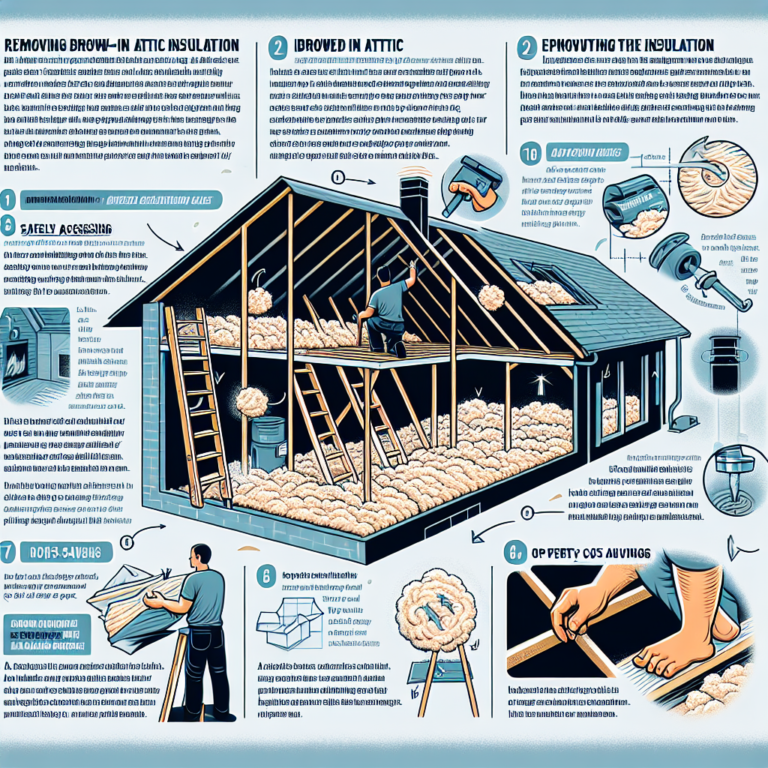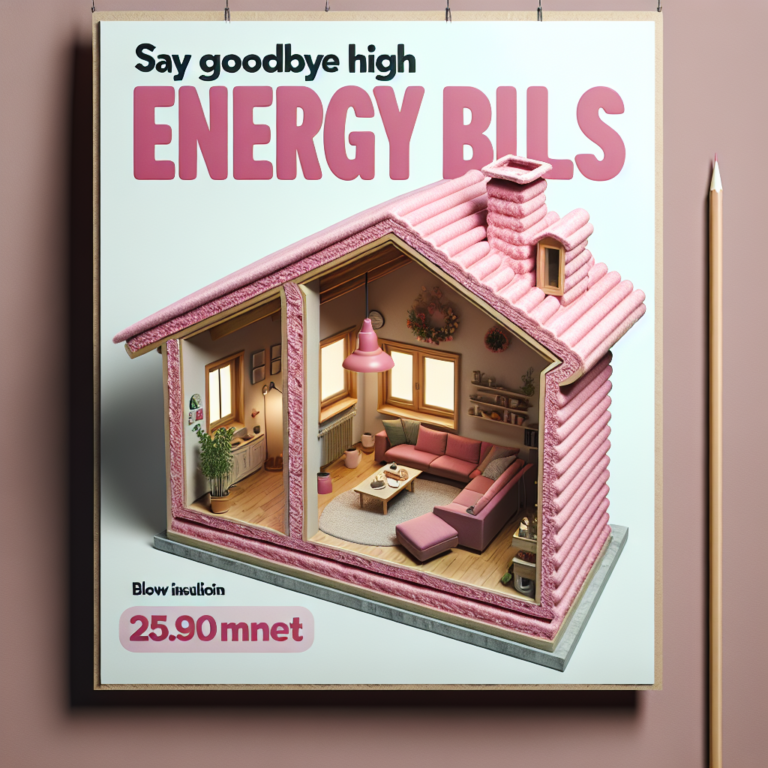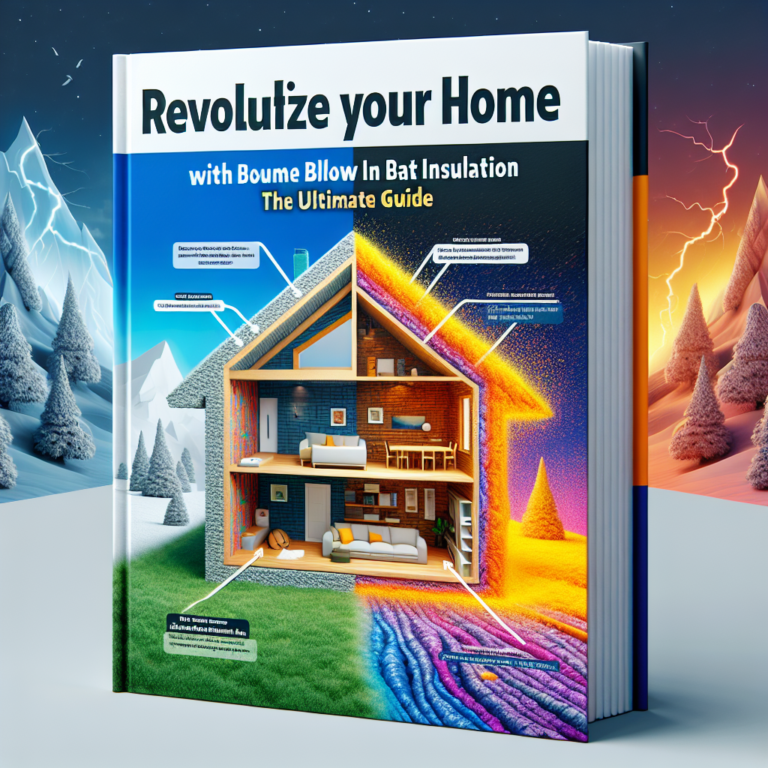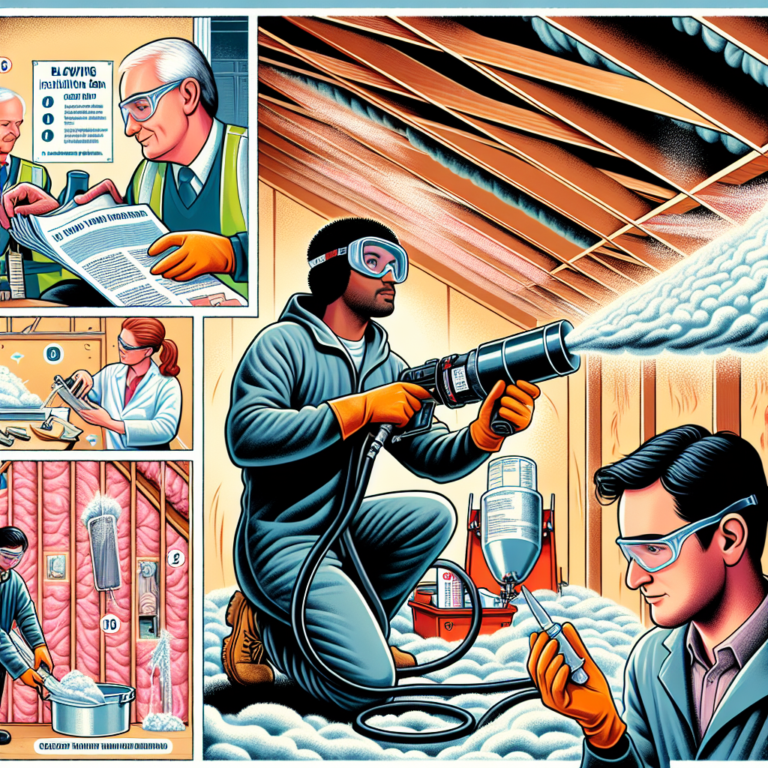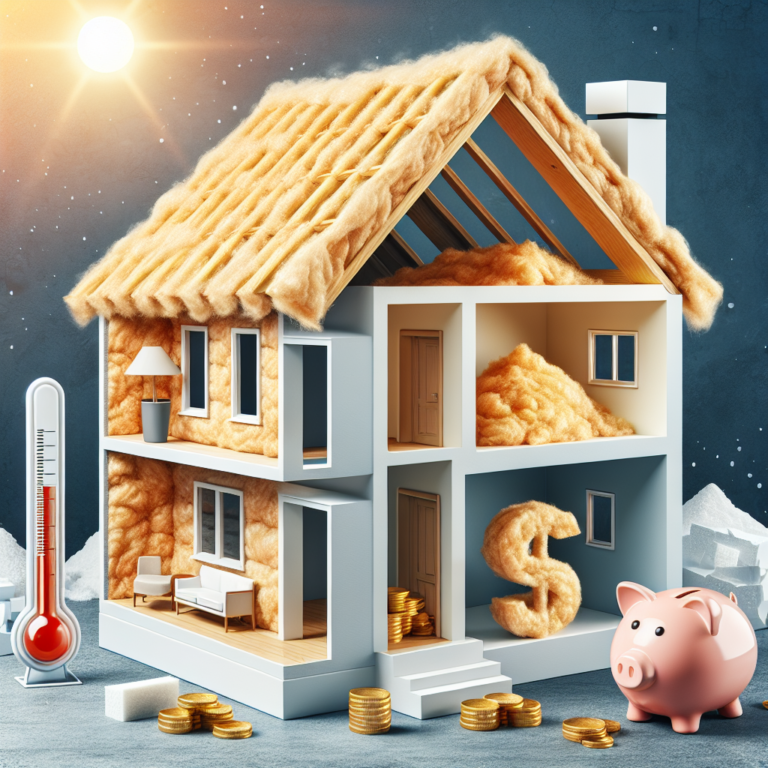Revolutionize Your Home: Why Blown-In Insulation Outperforms Batt Installation
Introduction
When it comes to upgrading your home’s comfort and energy efficiency, few improvements deliver as much impact as blown-in insulation. Unlike traditional batt insulation, blown-in insulation conforms to every nook and cranny, sealing gaps and preventing air leaks that drive up utility bills. In this article, we’ll explore how blown-in insulation outperforms batt installation, guide you through selecting the right installers, highlight common pitfalls to avoid, and answer your top questions.
Benefits of Blown-In Insulation Over Batt Installation
Blown-in insulation offers a range of advantages that make it the superior choice for both new and existing homes:
1. Complete Coverage
– Conforms to irregular spaces, crevices and voids
– Eliminates gaps that allow heat transfer and air infiltration
2. Enhanced Energy Savings
– Creates a tighter envelope, reducing heating and cooling costs by up to 20%
– Higher R-values per inch compared to many batt options
3. Superior Soundproofing
– Dense, uniform fill absorbs noise from outdoors and between rooms
– Ideal for urban settings or multi-family dwellings
4. Moisture and Mold Resistance
– Treated cellulose and fiberglass blends resist moisture accumulation
– Helps prevent mold growth in high-humidity environments
5. Faster, Less Invasive Installation
– Blown in via small access holes—no need to remove drywall or paneling
– Most attic or wall projects completed in a few hours
How to Choose the Right Blown-In Insulation Installers
Selecting a qualified contractor is crucial to ensure your blown-in insulation performs as advertised:
• Verify credentials and experience
– Look for proper licensing, insurance and at least three years of specialized work.
– Ask about manufacturer certifications, which demonstrate technical proficiency.
• Check references and reviews
– Request recent project examples with before-and-after details.
– Read online testimonials and verify feedback with past clients.
• Compare equipment and materials
– High-volume, modern blowing machines ensure consistent density.
– Discuss insulation types—cellulose, fiberglass or mineral wool—and their R-values.
• Request detailed estimates
– Insist on a breakdown of labor, material costs and projected R-value coverage.
– Avoid contractors who offer vague quotes or promise unrealistically low prices.
Common Mistakes to Avoid When Installing Blown-In Insulation
Even the best materials can underperform if installed improperly. Watch for these frequent errors:
• Skipping air sealing
– Unsealed attic hatches, plumbing chases and electrical penetrations let conditioned air escape.
– Seal gaps with caulking, foam or weatherstripping before insulating.
• Overfilling or underfilling cavities
– Too little insulation leaves cold spots; too much can trap moisture.
– Follow manufacturer guidelines for target depth and density.
• Ignoring ventilation needs
– Blocking soffit vents or ridge vents can trap moisture and degrade roof sheathing.
– Ensure proper airflow above the insulation layer.
• Neglecting protective gear
– Inhalation of fine fibers can irritate the respiratory tract.
– Installers and DIYers should wear masks, goggles and gloves.
• Failing to inspect existing insulation
– Wet, compressed or pest-infested batt insulation must be removed before adding blown-in material.
– A professional assessment can prevent long-term performance issues.
Q&A About Blown-In Insulation
Q: What exactly is blown-in insulation?
A: Blown-in insulation consists of loose fibers (cellulose, fiberglass or mineral wool) installed by a high-powered blower. This creates a uniform, seamless layer that fills every cavity.
Q: How does blown-in insulation compare to batt insulation?
A: Batt insulation comes in pre-cut panels that can leave gaps and uneven coverage. Blown-in insulation conforms to irregular spaces and typically achieves a higher effective R-value, boosting thermal performance.
Q: Can I add blown-in insulation over existing batt insulation?
A: Yes. Adding blown-in insulation on top of well-conditioned batt insulation improves overall R-value and seals remaining voids. Ensure the old batt is dry, intact and free of mold before layering.
Q: How long does blown-in insulation last?
A: Properly installed blown-in insulation can last 20–30 years or more, depending on material quality and exposure to moisture.
Conclusion
Blown-in insulation revolutionizes home comfort by outperforming batt installation in coverage, energy savings, soundproofing and ease of installation. By choosing experienced installers, avoiding common installation mistakes and understanding the material’s advantages, you can transform your home into a more efficient, quieter and healthier space. Embrace blown-in insulation today and enjoy lower energy bills, improved indoor comfort and lasting performance for years to come.




